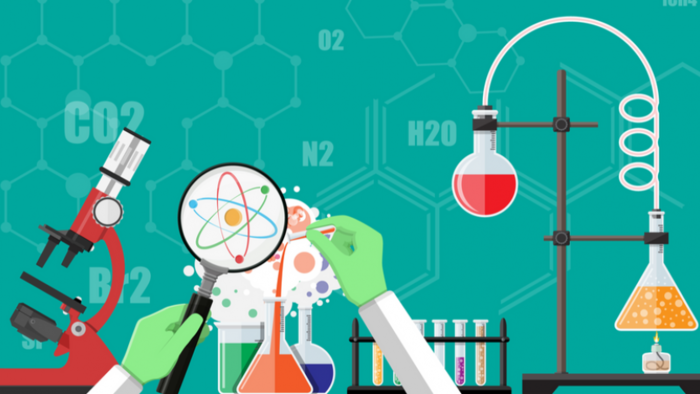ورق عمل الدرس الثالث العلاقات في النظم البيئية علوم صف خامس

ورق عمل الدرس الثالث العلاقات في النظم البيئية علوم صف خامس تحتوي على بعض الأسئلة التي تقوم بتدريب الطالب على كافة نقاط الدرس، حيث تأتي هذه التدريبات بنظام أسئلة اختر مما يلي، ويمكنك التطرق لتحميل هذا الورق من خلال موقع دروسنا.
ورق عمل الدرس الثالث العلاقات في النظم البيئية علوم صف خامس
تعتبر هذه التمرينات مهمة حتى يتمكن الطالب من فهم الدرس بشكل أفضل والتطبيق عليه ومعرفة كافة محتوياته من خلال الحل، وهذا ما تقدمه هذه الأوراق، حيث تتضمن العديد من الأسئلة المختلفة في كافة نواحي الدرس، ومن هذه الأسئلة ما يلي:
– Competition: the fight for limited resources
– Limiting factor: is any resource that restricts the growth of populations
o Abiotic limiting factors: water, temperature, weather, soil type, space to grow,
shelter and sunlight.
o Biotic limiting factors: the amount of available food
– Carrying capacity: is the greatest number of individuals within a population that an
ecosystem can support
– Habitat: is the physical place where an organism lives and hunts for food.
– Niche: is the special role that an organism plays in a community.
– Symbiosis: is a relationship between two or more kinds organisms that last over times
– Mutualism: a symbiotic relationship that benefits both organisms. Examples:
- Pollinator (insect or bird) and a flowering plant
- Ants and acacia trees
- Lichens (the fungus and alga)
– Commensalism: a symbiotic relationship that benefits one organism without harming the other. Example:
- Remoras are fish attach themselves to the bodies of rays and shark to get food,
- transportation and protection.
- Orchids growing on trees in a rainforest.
Parasitism: symbiotic relationship where one organism benefits and the other harmed.
Example:
- Ticks and parasites on animals
- Tapeworm in human
- Amoeba cause a disease called dysentery.
| Mutualism | Commensalism | Parasitism | |
| Definition | benefits both organisms | benefits one organism
without harming the other. |
one organism benefis and the other harmed |
| Example | – Pollinator (insect or bird) and a flowering plant
– Ants and acacua trees – Lichens (the fungus and alga) |
– Remoras are fish attach themselves to the bodies of rays and shark to get food, transportation and
protection. – Orchids growing on trees in a rainforest.
|
– Ticks and parasites on animals
– Tapeworm in human – Amoeba cause a disease called dysentery.
|
اقرأ أيضًا: اختبار رياضيات الصف الخامس الفصل الثاني – نموذج 3
Lesson 3: Relationships in Ecosystems
– A lichen is a combination of fungus and algae that lives on the sides of trees, rocks,
and other materials. The fungus provides the algae with water and minerals and the
algae uses the water and minerals to make food for both organisms. What type of relationship does the lichen represent?
- Parasitism
- Commensalism
- Mutualism
– When a symbiotic relationship benefits both organisms, it is an example of:
- Commensalism
- Mutualism
- Parasitism
- Carnivores
– When a symbiotic relationship helps one organism and hurts the other it is an
example of:
- Commensalism
- Mutualism
- Parasitism
– the following picture is an example of what kind of symbiotic relationship?
- Commensalism
- Mutualism
- Parasitism
– Which of the following symbiotic relationships is considered parasitic?
- oticks feeding on a dog
- obees transporting pollen from flowers
- opilot fish swimming under sharks
- obirds eating the insects from the back of a hippopotamus
اقرأ أيضًا: دليل المعلم لغة عربية الصف الخامس الفصل الأول 2021-2022
تحميل ملف ورق عمل الدرس الثالث العلاقات في النظم البيئية علوم صف خامس
يمكن الاعتماد على ورق عمل الدرس الثالث العلاقات في النظم البيئية كتدريبات مكثفة على الدرس وشاملة لأغلب نقاطه والأجزاء المهمة فيه، وذلك حتى يكون الطالب مهيء من أجل الدخول إلى الاختبارات النهائية والنجاح بها.
